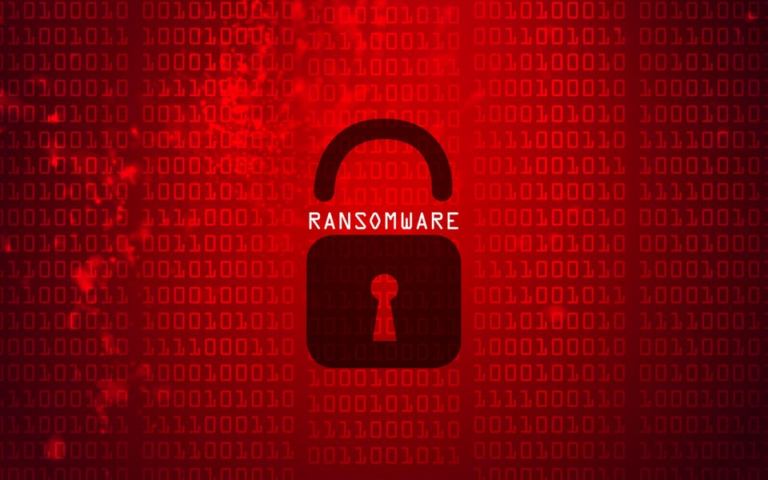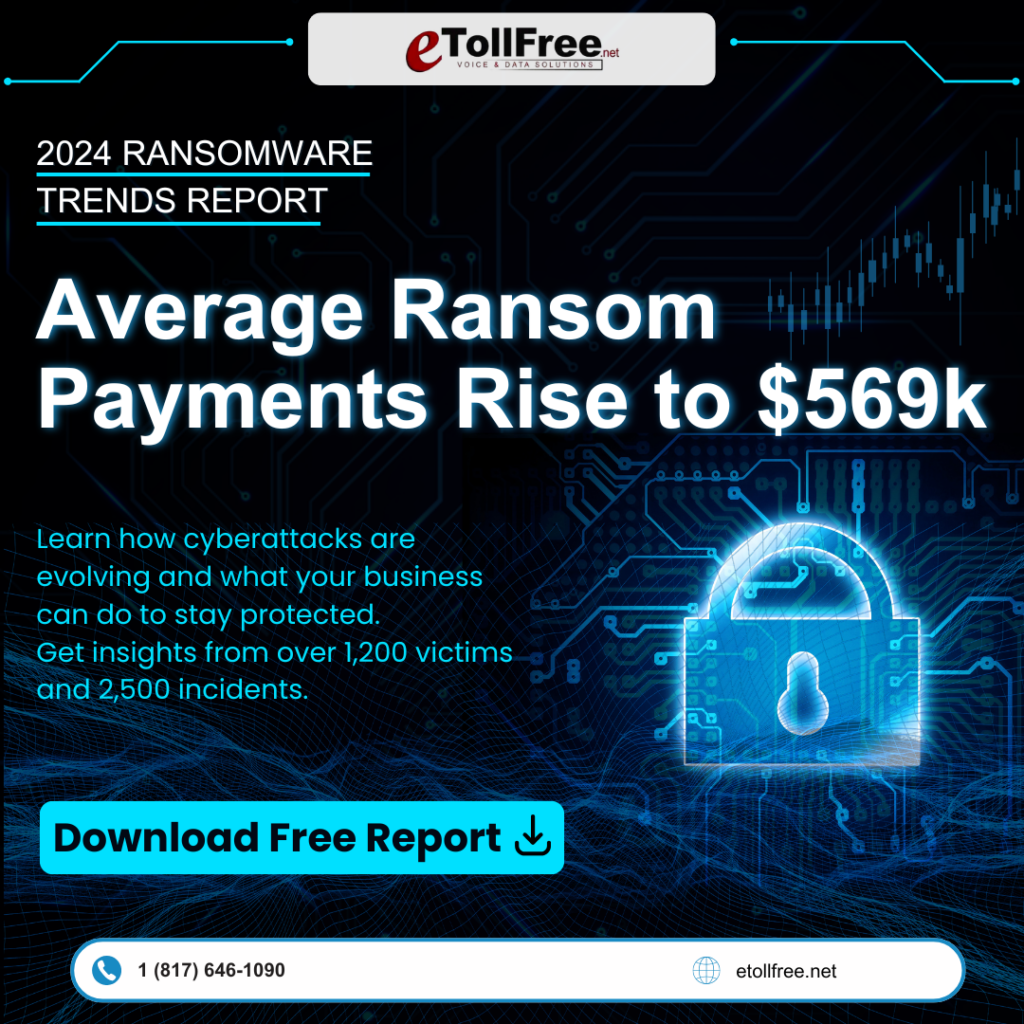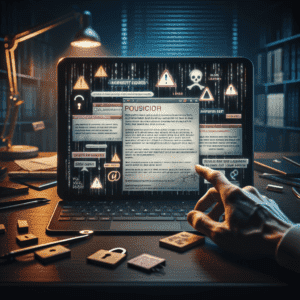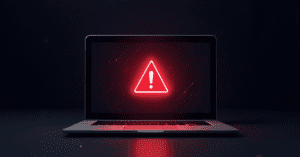What School Leaders Need to Know About Protecting Against Ransomware
Imagine walking into your freshly-waxed school halls one Monday morning, clutching your coffee, expecting another ordinary day. Instead, you’re greeted with a stress-inducing email flashing across your phone screen: “Your school’s files are locked. Pay or lose everything.” Sounds like something out of a movie, right? Unfortunately, it’s a reality more schools and organizations are facing, underlining the importance of school leader ransomware protection.
Ransomware Threats: A Modern-Day File Lockdown
Ransomware is like a particularly nasty computer virus. It sneaks into your system and locks up all your important files, demanding a ransom payment to unlock them. Sounds surreal, but it’s as real as it gets. Cybercriminals today are becoming bolder, targeting schools, companies, hospitals—you name it—making it crucial for organizations to be prepared.
This was the situation at Max’s high school, where every student and teacher found their daily routine abruptly sabotaged. Without WiFi, digital submissions or attendance systems, the school was a mess, demonstrating the disruptive potential of ransomware.
Company Boards’ Role: More Than Just Business Decisions
In corporate settings, boards are the steering force. For schools, this might translate to education leaders—the principals and decision-makers. They too now need to strategize against ransomware. Just like how fire drills are a routine part of school safety protocols, practicing responses to cyberattacks should become standard too. It’s not about if a cyberattack will happen but when, and good preparation can make all the difference.
Important Decisions: To Pay or Not to Pay?
During Max’s unexpected school crisis, a hot topic sprang up among students and teachers: Should the school pay to recover the files? On a larger scale, this is a critical decision boards face. Paying ransoms is generally discouraged by experts—including the FBI—because it can invite more attacks without guaranteed file recovery. Instead, organizations need robust plans and cyber insurance to weather such storms without financial panic.
Involving Authorities: Working With Police
Building a strong relationship with law enforcement, like the police or FBI, is essential when crafting a cybersecurity strategy. In Max’s story, the school’s efforts to involve cybersecurity experts and the FBI paid off. They managed to restore most of their files—showing that working alongside professionals can dramatically alter the outcome of a cyber crisis.
The Hidden Costs of Ransomware
Beyond the immediate demand for money, ransomware attacks bring hidden costs, like disruption and data loss. Max’s school faced chaos—a digital disruption that spilled into daily activities. It’s crucial for organizations to consider these risks and embed them into their financial and technological risk assessments to ensure resilience against such attacks.
Planning for Cybersecurity: Solid Strategies Are Key
Just like a sports team needs a game plan, organizations require a comprehensive strategy to defend against ransomware. School leaders, much like company boards, must see cybersecurity as a strategic priority, continuously updating protocols and training staff and students. This foresight can transform a potential disaster into a manageable challenge.
Being Ready and Strong: A Team Effort
Max’s story is a reminder that cybersecurity isn’t a one-person job. It requires a collaborative team effort involving tech, legal, and financial experts. Schools and businesses alike must cultivate these alliances to form a robust defense against digital invaders.
Being Leaders: Turning Challenges Into Opportunities
Ransomware attacks test the mettle of leadership. Good leaders turn these challenges into opportunities, strengthening cybersecurity measures. They learn to preempt vulnerabilities, much like fixing a leaky roof before the rains come pouring in.
In conclusion, school leader ransomware protection isn’t just the responsibility of the IT department. It’s a comprehensive strategy that involves everyone, from the boardroom to the classroom. Being proactive, practicing strategic responses, and nurturing partnerships are all essential steps to safeguard your institution’s digital space. As Max realized, preparation determines whether you frantically react to hackers or confidently thwart their plans.
Because the big question remains—if your school were hacked tomorrow, would you be ready?










